
All categories
Featured selections
Trade Assurance
Buyer Central
Help Center
Get the app
Become a supplier

(848 products available)







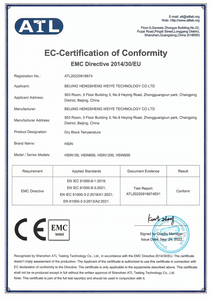

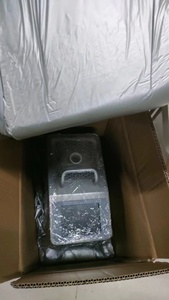

















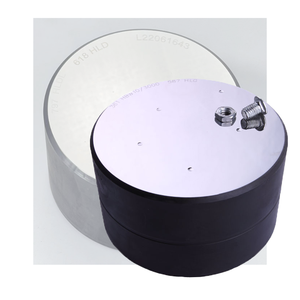

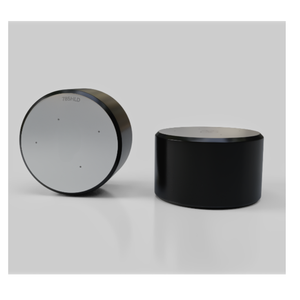
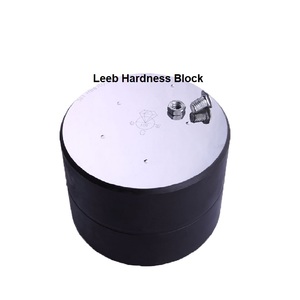








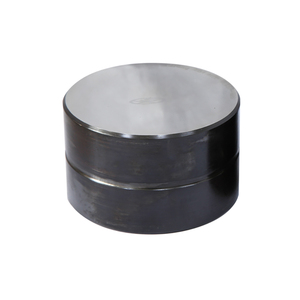




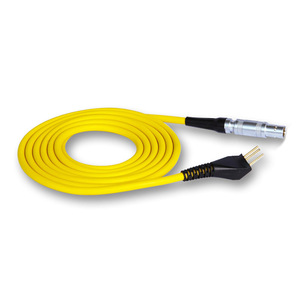
In the realm of material testing, hardness testers play a critical role. These devices are essential in evaluating the hardness of various materials, which is a primary indicator of their durability and resistance to deformation. Hardness is a crucial parameter in industries ranging from metallurgy to plastics, influencing material selection and quality assurance processes. hardness block calibration are designed to measure the resistance of a material to indentation or scratching, providing valuable insights into its mechanical properties. They come equipped with a variety of features and functions that cater to different testing needs, ensuring precise and reliable results.
There are several types of hardness block calibration available, each serving specific purposes and applications. The most common types include Rockwell, Brinell, and Vickers hardness testers. Rockwell testers are widely used due to their ease of use and rapid testing capabilities, making them ideal for production environments. Brinell testers, on the other hand, are suited for measuring the hardness of larger samples and materials with coarse grain structures. Vickers testers are known for their versatility, capable of testing a wide range of materials, including thin specimens. Each type of hardness block calibration operates on different principles and scales, providing flexibility and adaptability to meet diverse testing requirements.
hardness block calibration are equipped with a variety of functions and features that enhance their performance and usability. They offer different load settings and indentation sizes to accommodate various materials and testing standards. Advanced models come with digital displays and automated systems, allowing for accurate data acquisition and analysis. Some hardness block calibration also feature programmable test sequences and statistical evaluation capabilities, streamlining the testing process. These devices are designed to provide consistent and repeatable results, making them indispensable tools in quality control and research laboratories.
The construction of hardness block calibration involves the use of high-quality materials and components to ensure durability and accuracy. The indenter, a critical part of the tester, is typically made from hard materials like diamond or carbide to withstand repeated use. The frame and body of the tester are often constructed from robust metals to provide stability during testing. Electronic components are integrated to facilitate data processing and user interface functions. The choice of materials and components directly impacts the performance and longevity of the hardness block calibration , making it essential to select models that use premium-grade materials.
To maximize the effectiveness of hardness block calibration , it is important to follow proper usage guidelines and maintenance practices. Start by selecting the appropriate type of tester based on the material and testing requirements. Ensure that the sample is properly prepared and positioned to obtain accurate results. Regular calibration and cleaning of the hardness block calibration are crucial to maintain its precision and functionality. Familiarize yourself with the device’s features and settings to optimize its performance. Proper training and adherence to testing protocols can significantly enhance the reliability and accuracy of hardness measurements.
Selecting the appropriate hardness block calibration involves understanding the specific requirements of your testing application. The first step is to determine the type of material you will be testing and the level of precision required. Different materials demand different testing methods, so it's crucial to choose a tester that supports the specific scale needed for your material, such as Rockwell, Brinell, or Vickers. Additionally, consider the size and shape of the samples you will be testing, as some testers are better suited for larger or irregularly shaped samples. Evaluating these factors will help you make an informed decision and ensure the hardness block calibration meets your expectations.
Another important consideration is the environment in which the hardness block calibration will be used. If you are working in a high-volume production setting, you may require a tester with rapid testing capabilities and automated features to streamline operations. Conversely, research laboratories may benefit from testers with advanced data analysis functions and programmable test sequences. It's also essential to consider the durability and ease of maintenance of the tester, as frequent use can lead to wear and tear. Opting for models that offer robust construction and user-friendly maintenance protocols can enhance the longevity and reliability of the device.
When choosing a hardness block calibration , consider the material type, the testing scale required, and the sample size. Additionally, think about the testing environment and the need for automated features or advanced data analysis capabilities. Durability and ease of maintenance are also significant factors to ensure long-term reliability.
hardness block calibration can operate on different testing scales, such as Rockwell, Brinell, or Vickers. Each scale measures hardness differently and is suited to specific materials and applications. Understanding the differences between these scales can help you choose the right tester for your needs.
While hardness block calibration are versatile, not all testers are suitable for every material type. Some testers are designed specifically for metals, while others can handle plastics or ceramics. It's important to select a tester that matches the material you intend to test to ensure accurate results.
Regular calibration and cleaning are vital for maintaining the precision of hardness block calibration . Follow the manufacturer's guidelines for maintenance and ensure that the indenter and electronic components are kept in good condition. Proper storage and handling can also prevent damage and prolong the tester's lifespan.
Digital hardness block calibration offer enhanced features such as automated data acquisition and analysis, which can improve testing accuracy and efficiency. However, analog testers may be preferred for their simplicity and lower cost in certain applications. The choice between digital and analog depends on your specific needs and budget.